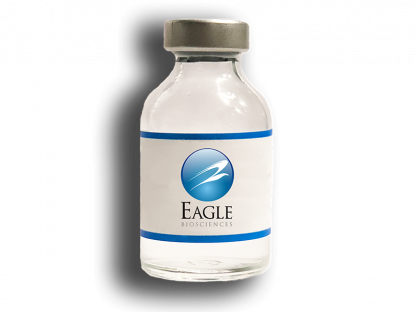Human Synthetic Amyloid Beta 1-42 Oligomers
The Human Synthetic Amyloid Beta 1-42 Oligomers is For Research Use Only
Sizes: 100 µg, 2 x 100 µg, 5 x 100 ug
Biological Description
Alternative Names: Abeta Oligomers, Abeta peptide, Amyloid beta peptide oligomers, Beta amyloid peptide oligomers, amyloid beta precursor protein peptide oligomers, APP
Research Areas: Alzheimer’s Disease, Amyloid, Neurodegeneration, Neuroscience
Cellular Localization: Cell membrane, Intracellular Vesicles
Sequence References: Gene ID: 351; Swiss Prot: P05067
Function:
Our amyloid beta peptide 1-42 (Aβ42) Oligomers are generated from Amyloid Beta Peptide 1-42 pre-treated with 1,1,1,3,3,3-Hexafluoro-2-propanol (HFIP) as previously published. Our Aβ42 oligomers present as globular oligomers when observed under TEM and AFM, and have a unique dimer/trimer and oligomer signal on a Western Blot with an anit-amyloid beta antibody. Our Aβ42 oligomers were also demonstrated to be toxic to primary rat cortical neurons in a dose-dependent manner. In the brain, amyloid beta peptide (Aβ) is generated by protease cleavage of amyloid precursor protein (APP), which aggregates into oligomers, protofibrils, fibrils and ultimately plaques in neurodegenerative diseases. The accumulation of Aβ plaques in the brain is considered a hallmark of Alzheimer’s disease (AD), and most of the drugs tested for AD in the past 20 years have targeted amyloid beta accumulation. Soluble Aβ oligomers isolated from the brains of AD patients or those generated in vitro potently impaired synapse structure and function. Aβ oligomers generated in vitro were toxic to PC12 cells and SH-SY5Y cells. Aβ was demonstrated to interact with tauopathies to affect neurodegeneration in AD patients and accumulations of Aβ were shown to be associated with lower survival rates in Parkinson’s disease patients with dementia.


